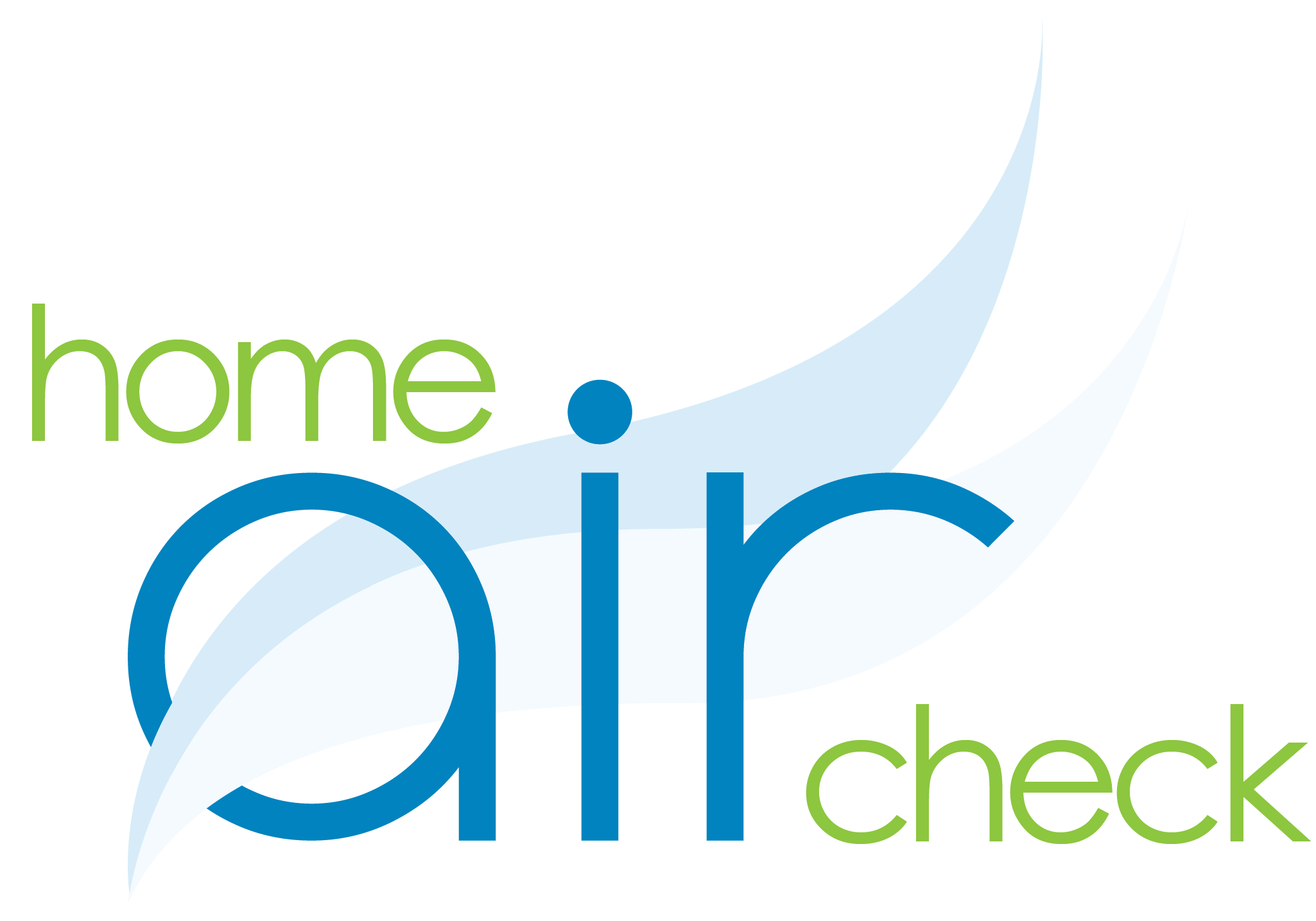Summer brings longer days, backyard BBQs, and that feeling of sun-soaked relaxation. But it also brings something a little less welcome… humidity. If your home feels a bit stickier than usual this time of year, you’re not alone. When moisture levels rise, it can affect more than just your comfort. That extra humidity in the air might also be impacting the quality of the air you’re breathing.
So, What’s the Deal with Humidity?
Let’s break it down. Warm air holds more moisture. When indoor humidity rises, it creates the perfect conditions for mold, mildew, and even dust mites to thrive. You may not see them, but they’re there—and they can trigger allergy symptoms, worsen asthma, and leave your home smelling a little less than fresh.
And it doesn’t stop there. High humidity can also cause certain chemicals in your home, like VOCs, to release into the air more quickly. These chemicals can come from paint, furniture, cleaning products, and even air fresheners. When humidity goes up, so can the chemical load in your air.
Why Is This a Summer Thing?
During the summer, there’s a perfect storm of factors that can drive indoor humidity levels up. Warm, damp outdoor air tries to make its way inside, while we tend to keep our windows and doors shut tight to keep the cool air in. At the same time, everyday activities like showering, cooking, and doing laundry add more moisture to the air. Rooms like basements, bathrooms, and crawl spaces tend to hold onto that damp feeling, especially if they don’t get a lot of airflow. And even though your air conditioner is helping to keep things cool, it might not be pulling enough moisture from the air, especially if it’s older or not functioning at its best.
What Are the Signs Your Humidity Is Too High?
You might notice a few of these:
-
-
- The air feels sticky or heavy
-
-
-
- There’s a musty smell in certain rooms
-
-
-
- Condensation on windows or walls
-
-
-
- Mold spots in corners or around vents
-
-
-
- Allergy symptoms that just won’t quit
-
Even if your home looks clean, high humidity could be affecting your air behind the scenes.
Let’s Talk Solutions
Here are a few easy steps you can take to bring humidity levels back down and help keep your air fresh:
-
-
- Use a dehumidifier, especially in bathrooms and basements
-
-
-
- Run exhaust fans while cooking or showering
-
-
-
- Keep an eye on your AC unit to make sure it’s working properly
-
-
-
- Open windows during cooler times of day to let fresh air in
-
-
-
- Avoid drying clothes indoors if possible
-
-
-
- Place moisture-absorbing products in closets or tight spaces
-
Little changes can make a big difference in how your air feels, and how you feel in it.
Still Feeling Off? It Might Be Time to Test Your Air
If your home feels damp, musty, or just “off,” it might be more than humidity. Hidden pollutants and moisture-loving mold particles can build up fast, especially in the summer. Home Air Check can help you get to the bottom of it. Our easy, science-backed air test identifies what’s really in your air so you’re not left guessing. If your home’s air needs a little summer refresh, this is a great place to start.
Humidity is a normal part of summer, but it shouldn’t be something you have to live with indoors. When you take steps to manage moisture, your whole home feels lighter, fresher, and more comfortable.
Curious about your home’s indoor air quality? Click Here!


